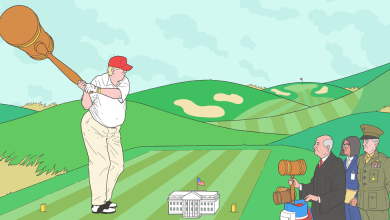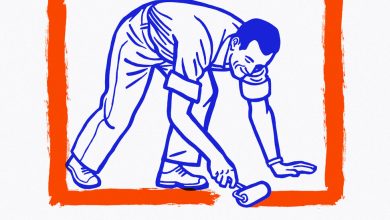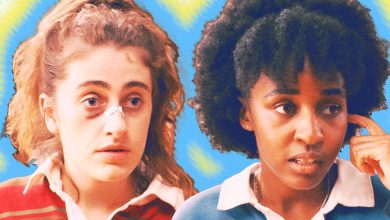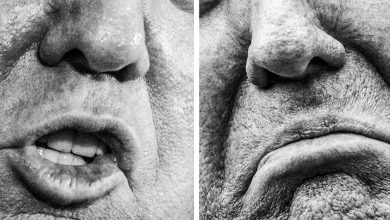Ash Trees Are Vanishing. So Is a Basket Maker That Has Depended on Them for 168 Years.
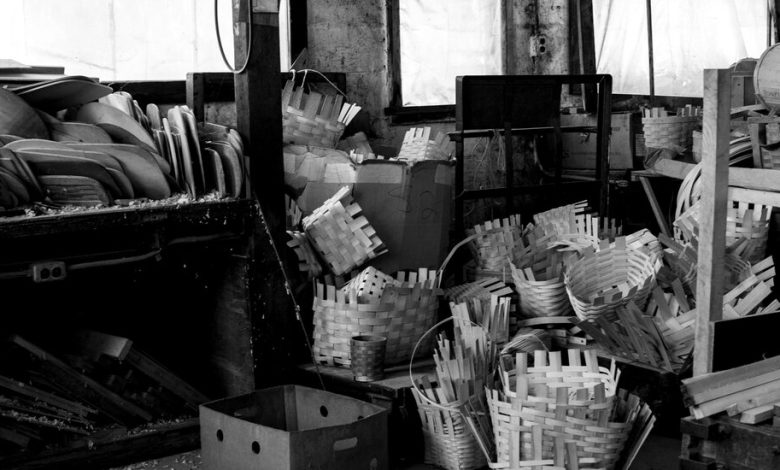
This fall finds me nestled amid pines deep in a New Hampshire wood. I am not alone. Around me are wild turkeys and a pair of bobcats and a dozen other creatives — a dramaturge from Brooklyn, a German composer, a Kenyan novelist. I am at MacDowell, the nation’s oldest artist residency program.
Like most such institutions, MacDowell, founded in 1907, has a storied past with traditions. The most charming of these recurs each day at noon, when a food basket appears magically on one’s doorstep. Immersed in their work (or sleeping), residents rarely notice the cat-footed staff member who delivers the goods.
Basketry is among humankind’s oldest arts; fragments found in the Middle East have been carbon-dated to nearly 12,000 years ago. The MacDowell lunch hampers are produced locally, of New England wood, by a company that has been in business since 1854 and has sold its wares far and wide. But these baskets, made of ash, may soon become relics themselves, like the ash-made baseball bats that once dominated the major leagues but have virtually disappeared from the game.
They are victims of an invasive insect that has killed hundreds of millions of ash trees in the United States and Canada and continues to devastate these trees.
The Peterboro Basket Company, the maker of these baskets, is among the nation’s oldest manufacturers and a new victim of this scourge. After 168 years in business, the company, which made baskets for L.L. Bean, Martha Stewart and Harry & David and in the 1990s sold 300,000 baskets a year on QVC, recently ended production and the gift shop will close within the next week, according to its owner, Wayne Dodds.
The decision weighed heavily on Mr. Dodds, who has run the company since his father bought it on a whim in 1983. “It breaks my heart,” he said. A voluble man who yearns to retire by the sea, he could be found during the company’s final days at his shop bench or in the stock-dwindled gift shop, his golden retriever sleeping nearby.
When Mr. Dodds announced the shutdown on May 13, he was avalanched with orders for baskets. What hasn’t appeared, for all the interest in heritage brands and American-made goods, is an offer to buy the company. There have been some tire kickers, but due diligence reveals a tangle of issues: a severe labor shortage, the retirement of two experienced supervisors and a century-old boiler that needs a $90,000 upgrade.
None of these things are beyond fixing by a flush investor. But one thing is: the disappearance of ash trees. The emerald ash borer, the insect pillaging these trees, has reduced the availability of the wood to make the baskets. “If you wanted to buy a cookie company and you couldn’t get dough,” Mr. Dodds said, laughing, “how are you going to make cookies?”
Ash is the raw material of Yankee basketry. Strong and supple, it is easily shaped, has consistent grain and rarely splits. There are no workable alternatives. “You could use red oak, but tacks and nails and water stain it black,” Mr. Dodd explained. “You could use yellow birch, but it’s not as strong, and it’s splintery and difficult to work because you can’t read the grain.”
The baskets are crafted by hand, much as they were for centuries by the Abenaki, Algonquin and Penacook peoples. Contemporary Native American basket makers worry, too, that part of their heritage may disappear with the ash trees.
Ash is not the only great American hardwood to face extirpation by an invasive pest. The chestnut was felled by an airborne fungus discovered in the Bronx in 1904. Prized for lumber, chestnut trees turned entire mountains in Appalachia cream white in spring when they flowered. Next was the American elm, laid low by Dutch elm disease. The elm was the nation’s premier street tree, and tens of millions of them shaded American towns and cities by the 1930s. Today Elm Street survives largely in name only.
The bubble-eyed emerald ash borer is believed to have been inadvertently introduced from China on shipping crates around 2002. In its larval stage, the borer does just what its name says — tunneling in the sapwood and girdling the tree, starving it of nutrients and water. It has become the most devastating invasive forest insect in the United States.
The basket factory, in Peterborough, N.H., is solemn and quiet these days. A pair of shop cats nap together in a corner. Five employees remain, the last of hundreds who’ve passed through the company payrolls, leaving baskets and a rich history in their wake.
The company’s wares have shipped on whalers and hauled Grand Banks cod and the mail for Uncle Sam. It made maternity baskets for hospitals around the world and the track baskets used by subway crews in New York for years to collect trash. Audrey Hepburn’s Yorkie rode around the Paramount lot in a Peterboro bicycle basket.
The MacDowell baskets (Model 61-4C) don’t always last long. They are gnawed by squirrels, dropped, left out in the rain. Some are so splendidly decorated by artists that they get pulled from service. When apprised of the shutdown, MacDowell bought every last one. This stock will carry lunch for years to come. Perhaps their replacements will hail — like baskets at Michaels and Walmart, like the ash borer itself — from China.
Thomas J. Campanella is a professor of urban studies and city planning at Cornell.
The Times is committed to publishing a diversity of letters to the editor. We’d like to hear what you think about this or any of our articles. Here are some tips. And here’s our email: [email protected].
Follow The New York Times Opinion section on Facebook, Twitter (@NYTopinion) and Instagram.

